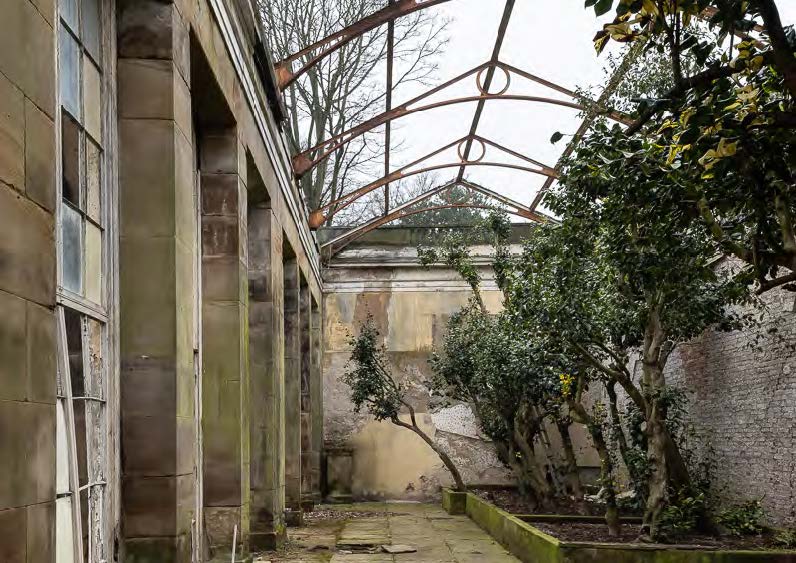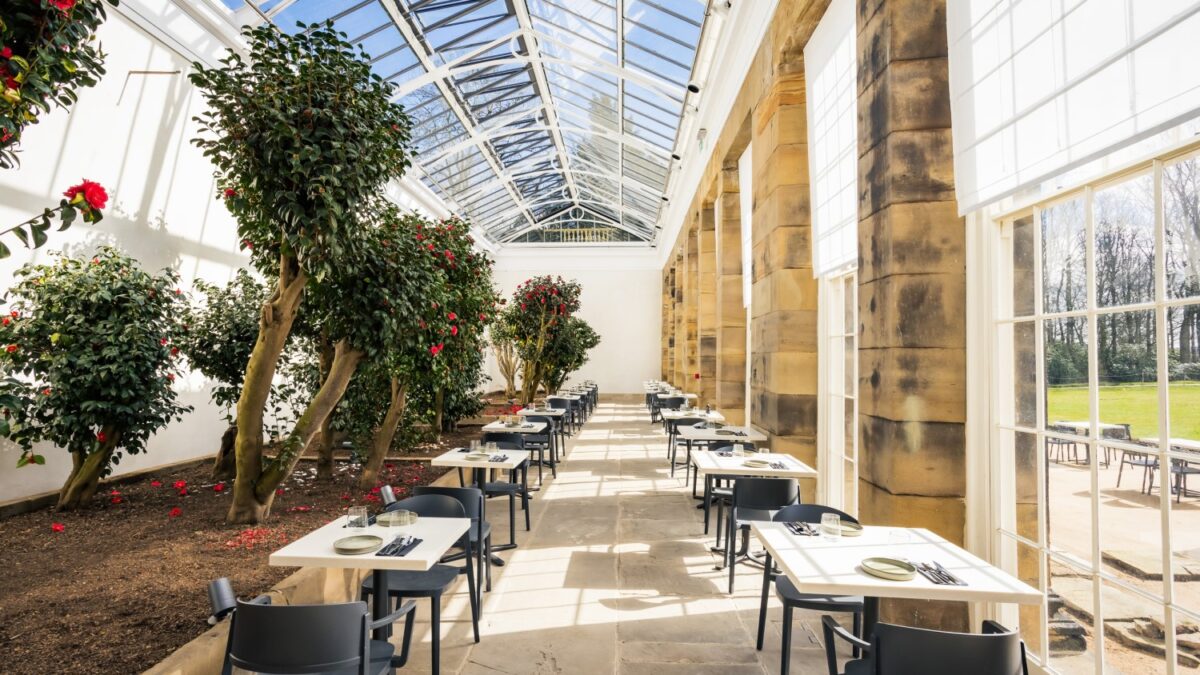The Grade II* listed Camellia House in the gardens went from at-risk ruin to beautifully restored tea house earlier this year, and its skillful £5million restoration has reaped a coveted prize.
Now in their twentieth year, the Georgian Group’s 2024 Architectural Awards celebrate those across the UK who have demonstrated vision and commitment to restore Georgian buildings and create new work in the spirit of the Georgian era.
The Rotherham stately home’s Camellia House was named winner of the ‘Re-use of a Georgian Building’ category, in recognition of the exceptional conservation task which has taken the building back to its former Georgian glory – and its original purpose.

David Adshead, Director of the Georgian Group, commented: “As ever, it was rewarding to see the great variety of projects put forward. All revealed vision, enthusiasm, skill and commitment on the part of owners, architects, contractors and craftsmen.
“Despite economic uncertainties, continuing problems with supply chains and the escalating cost of materials, these projects show just how much Georgian buildings are valued and how they can live on to serve new purposes.”
Sitting within the historic landscape at Wentworth Woodhouse, the Camellia House opened in April as a tea room and multipurpose venue. Its revitalisation is part of the Trust’s masterplan to make the house a leading visitor attraction and a catalyst for positive change in South Yorkshire.
The early 19th century structure is a building of two parts: its northern side was built as a tea room in 1738 for Lady Mary Finch, the wife of the 1st Marquess of Rockingham. An orangery was added to the south in the 19th century to house the family’s growing collection of camellias, which had recently begun to arrive from China.
It was derelict for more than 50 years and long on Historic England’s Buildings at Risk Register when the Trust purchased the house in 2017, but many of the camellias survived and are some of the rarest and oldest in the Western world.
Conservation architects Donald Insall Associates and heritage construction specialists William Birch & Sons were commissioned to repair the building, bring it back into use and provide an energy-efficient new setting which would prioritise the survival of the camellias.
The glazed, opening roof was reinstated, large windows were remade in wood to the original pattern, strengthened by the addition of stainless steel and underfloor heating, a ground source heat pump and rainwater harvesting were introduced. The majority of the contracting firms were from Yorkshire and 22 new local jobs have been created.
The work, enabled by a grant of over £4million from The National Lottery Heritage Fund, a grant of just over £614,000 from Historic England and £453,759 from other donors, integrates traditional conservation with contemporary technology.
Helen Featherstone, Director, England, North at The National Lottery Heritage Fund said: “It is incredibly exciting news that the wonderful Camellia House has won a Georgian Group award. We’re very proud that, thanks to National Lottery players, we have been able to support the restoration project that has not only breathed new life into a beautiful venue but also safeguarded it, and the significant collection of camellias, for future generations.”
Historic England Architect, Giles Proctor, explained that the project to restore and transform the Camellia House had created learning opportunities for its heritage trainees.
He commented: “This beautiful Grade II* listed building had been on Historic England’s Heritage at Risk Register for many years but has now been saved, and we are delighted by its success in the Georgian Group Awards.”
CEO of the Trust, Sarah McLeod OBE, said: “This award means so much to us. Saving the Camellia House, removing it from the Heritage At Risk Register and giving it a new life is a huge achievement.
“We have future-proofed our beautiful Georgian Camellia House and enabled it to become a tea house – the very thing it was originally created for. Now everyone can come and enjoy this elegant place, and the historically important collection of camellias which can continue to thrive there.”
“It’s a significant step in our mission to build a financially sustainable long-term solution for Wentworth Woodhouse, so it can be enjoyed and used by local people for many years to come.”
